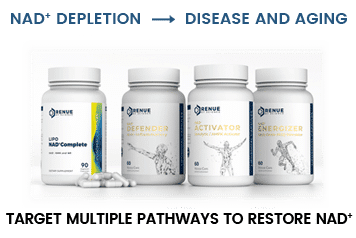
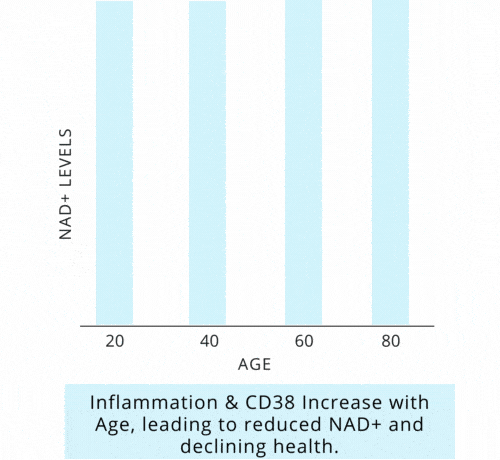

Declining NAD+ levels are closely correlated with age-related diseases and the development of metabolic dysfunction. Maintaining homeostasis is vital for the body to function properly, and it becomes more difficult as you age, especially in the later part of your life. Numerous studies have shown benefit from interventions that restore NAD+.
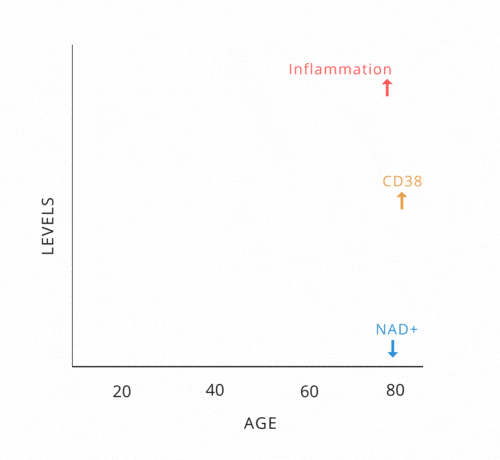

NAD+ precursors, Inhibition of Senescent cells, CD38, and inflammation can all help restore NAD+ levels through different pathways and in different cells.
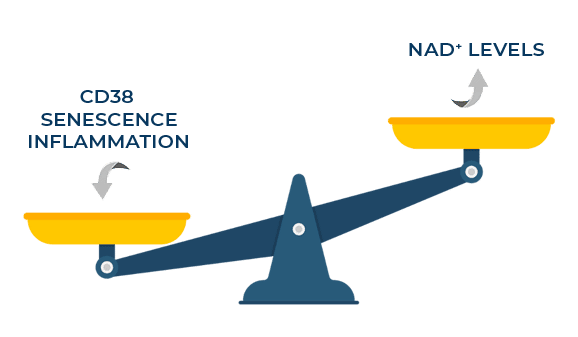
“Together, this highlights that a multitarget strategy for NAD+ restoration such as the use of a precursor in combination with inhibitors and/or activators acting at other key points in the NAD+ network may be the optimum approach to NAD+ restoration.”



CD38 is an enzyme that responds to inflammation, and consumes NAD+ in the process.
Studies have found that increasing levels of CD38 as we age are a primary driver of decreasing levels of NAD+ ⑶.
Apigenin has been found to decrease CD38, resulting in increased NAD+.
“CD38 inhibition by the flavonoid Apigenin resulted in a 50% increase in NAD+.”

Chamomile & Parsley are two natural sources of Apigenin


A major cause of aging is the accumulation of senescent cells.
Senescent cells are like little poison factories which release pro-inflammatory molecules that contribute to inflammation, accelerate aging & lower NAD+ levels.
NAD+ restoration in combination with the elimination of senescent cells has been shown to promote healthspan in old and diseased animals.
“Senescent cells and “inflammaging” regulate NAD+ metabolism.”


Lobsters grow continuously throughout their lifespan, without the normal characteristics of aging. They don’t weaken or become less fertile and they continue to grow and thrive into old age.
“We speculate that the ability of lobsters to improve with age might be due to a lack of cellular senescence, and particularly due to avoiding inflammation induced by senescence.” ⑵

Senescence -> Inflammation -> CD38 -> NAD+ Depletion
- NAD+ Complete – NAD+ Precursors
- NAD+ Defender – Decrease Inflammation
- NAD+ Activator – Minimize Senescent Cells
- NAD+ Energizer – Inhibit CD38
